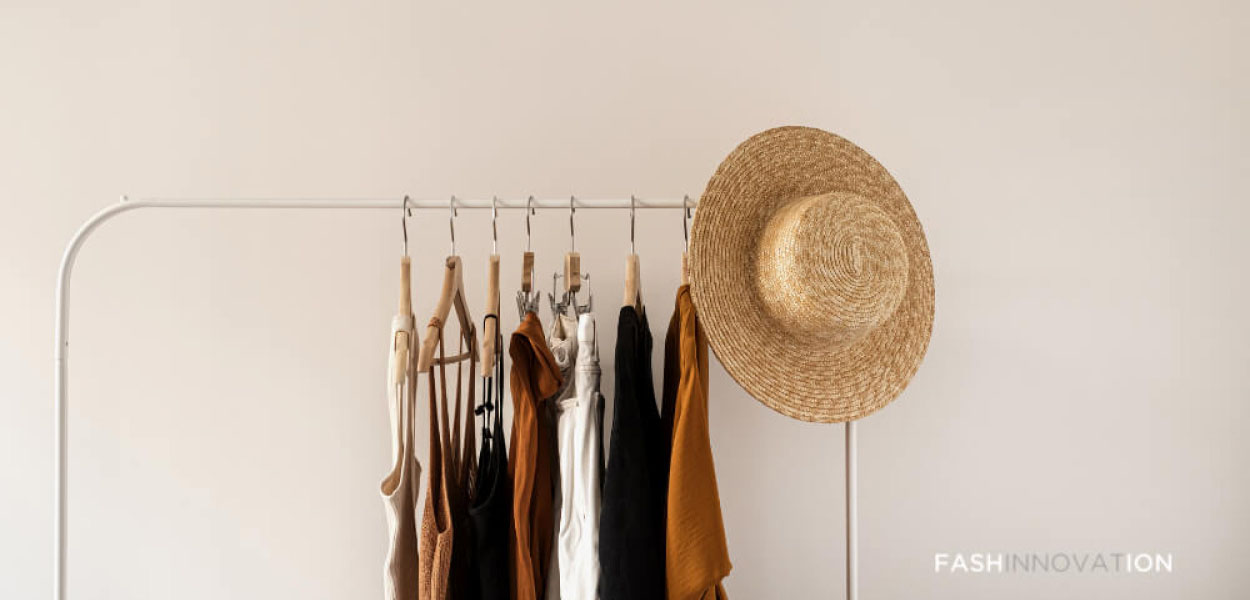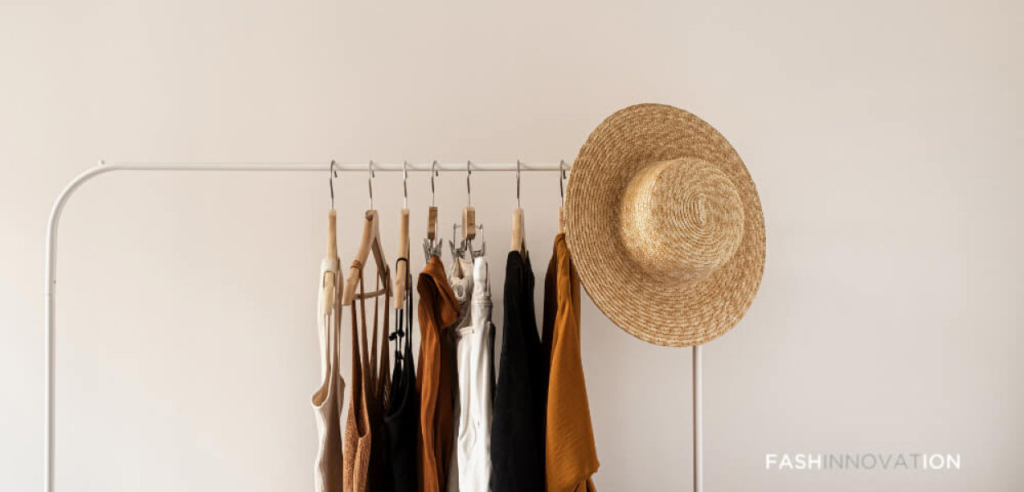Minimalism is being discussed more and more. Some people are adopting it as a lifestyle, some incorporating a bit of it into their business and others are using minimalist lessons in different aspects of life.
Do you know what minimalism is? How to adopt it and how it can help you in different aspects of your life? Keep reading to find out the golden nuggets about it.
What Is Minimalism?
Limitless consumption and the idea that buying more and more things equals happiness have led us to two major problems.
The first is when it comes to the environment. Our planet is suffering the consequences of this heavy pace of production and consumption in which we live. And, the second, concerns personal issues regarding the necessity that people have of relating purchase to happiness.
The minimalist lifestyle is the opposite of this consumerism and negative feelings. In addition, it can be great for your savings. Minimalism is related to the simplification of life. This is done by eliminating excesses and maintaining only what is essential for living.
Minimalism in Fashion
Minimalism can be adopted in different spheres, but the main rule is the same: keep it simple, have just what you need. So, when bringing minimalism to fashion we mean cutting off what you don’t really need. In other words, understanding that quantity means nothing when it comes to a stylish wardrobe and daily outfits.
In fashion, minimalism is more than a matter of design. It emerges as an idea, a lifestyle to be followed, which preaches a conscious consumption to create a wardrobe with versatile, timeless and quality pieces.
The idea connects directly with the philosophies of slow fashion. In minimalist fashion, people do not shy away from trends but reflect, when buying a piece, on the real need for acquisition.
In design matters, the minimalist style in fashion refers to the most classic and basic colors, such as white, black, gray, navy blue and brown. Monochromatic pieces are often explored. Meanwhile, the prints are always simplistic and subtle, giving space for stripes and polka dots.
In terms of model, the pieces can vary from casual to formal. The accessories tend to be few and subtle, and when it comes to choosing, the thought that arises is that less is more.
Another alternative getting to be known is the capsule wardrobe and collection. Conscious fashion lovers and designers are adopting these in their daily outfits and works. It means having synchronized key pieces of clothing that when together can make different combinations.
How Did Minimalism Begin?
Initially, minimalism emerged as an artistic movement of the 20th century, descending from modernism, questioning the consumerist principles that govern society. It is in the use of new materials, such as glass, metal and concrete, that minimalism finds its inspiration.
The History
In the 80s and 90s, some designers like Gianni Versace were putting an ostentation overdose with loads of gold, colors and information in their collections. Building back then the pop culture.
Meanwhile, an opposite movement started to emerge in Europe. With aggressive and dark references, the Anti fashion movement began to grow on techno, grunge and underground scenarios. With the end of the USSR, the fall of the Berlin Wall and the Gulf War, the movement broke the glamorous aspect of fashion.
Young people began to creatively express themselves with the counterculture movements. The grunge principles were to go against well-dressing. The idea was not to follow the trends, the anti-fashion movement became stylish because people weren’t dressed to please anyone except for themselves. The fashion deconstruction began with Japanese designers such as Rei Kawakubo and Yohji Yamamoto that arrived in Paris presenting in their work the opposite direction of what was pre-established. It was the beginning of an aesthetic revolution in the industry that led to fashion minimalism.
Then, a group of designers from Antwerp gained the world bringing political discussions into their collections and symbolizing the moment. After that, different designers started to make their work with a calculated simplicity. Their clothing was more about identity, showing that less is more. Artists like Martin Margiela were shaking the industry with mystery, simplicity, simple cuts in clothing and an easy-to-understand style.
Therefore, the industry, led by Donna Karan and Calvin Klein started to incorporate these minimalistic elements into their collections and popularize them. With simple and symmetrical structures, they were promoting versatile and elegant creations, making use of neutral tones that can be easily combined, making the clothing more flexible and accessible.
5 Golden Lessons From Minimalism
To adopt the minimalist lifestyle is a process. Also, you can choose to have it only in some aspects of your life. Even so, you can take some golden lessons from minimalism when studying and putting some of it into practice. Get to know 10 of those lessons that you can take to your life!
1. Shopping is not therapeutic, this is a lie!
Before buying something new, it is important to realize the real impact of that acquisition on the planet. People often decide to buy something new to cover the space of something that they think is emotionally missing. Before buying something, try to talk with friends, chat on Whatsapp with a family member, look at what you want to achieve by buying such a thing. It is important to access the real motivation and analyze if this purchase is something you really need, or not. It is essential to be critical in relation to consumption, whether you are a consumer or a fashion designer building a new collection.
2. If you’re not using or planning to use something you have, why not donate or sell it in a thrift shop?
Stuff is made to be used. That means if you have something you’re not making any use of, try to give it to someone that will, upcycle it or maybe sell the item. Turn it into something with a purpose. Don’t accumulate anything. Have just what you need. If an item of clothing or decoration doesn’t work for you, it can work for someone else.
3. Saving money is smarter than having things
Consumerism is a big issue worldwide. Commonly, people purchase over their budget and get debts. But in minimalism, as the focus isn’t on the number of things, saving money can be an alternative for you to be able to make that trip you’ve been wanting or maybe invest in some learning course. The possibilities are infinite.
4. Experiences are more important than things
The number 3 leads us directly to the 4. Focus on living, using your money to travel, meet people, get to know different cultures and food. When you are minimalistic, you give more importance to hugs instead of material things; putting experiences in first.
5. By getting rid of the mess, we create more space and meaning for life
The problem with accumulating things is that they can hold you back. When you keep a lot of things, you end up developing a fear of letting go of those things, and this concern makes you spend time trying to protect them. You work hard to acquire more things and preserve what you have bought. When you have fewer material things, your life gains a sense of freedom so great that even your time is impacted by it and the way you see the world changes.
Learn More About Minimalism
To adopt minimalism the key is to research. Read books, watch movies, and surf the internet to find more inspiration and understand more about this movement and lifestyle. Here are 3 great sources that you can explore in your studies.
- Minimalism: The Importance of Thigs – The Netflix documentary explain the importance of minimalism, how to adopt it and how consumerism is affecting the planet and our lives;
- Essentialism: The Disciplined Pursuit of Less – The New York Times bestseller, is the perfect guide for those who want to understand more about the minimalist movement.
We can take different lessons from minimalism and incorporate them into our lives little by little. Even if you won’t become a minimalist in everything, the secret is to understand its philosophy and try to get the best out of it. By buying less and understanding our purchase’s impact on life, you’ll begin to valorize rich values and live a lighter life. Less material stuff can lead to more experiences, memories and good emotions.
If you liked this article, try to review your forms of consumption in general. Before buying, chose carefully what you’re taking home. Learn “How To Consume Sustainably”.






